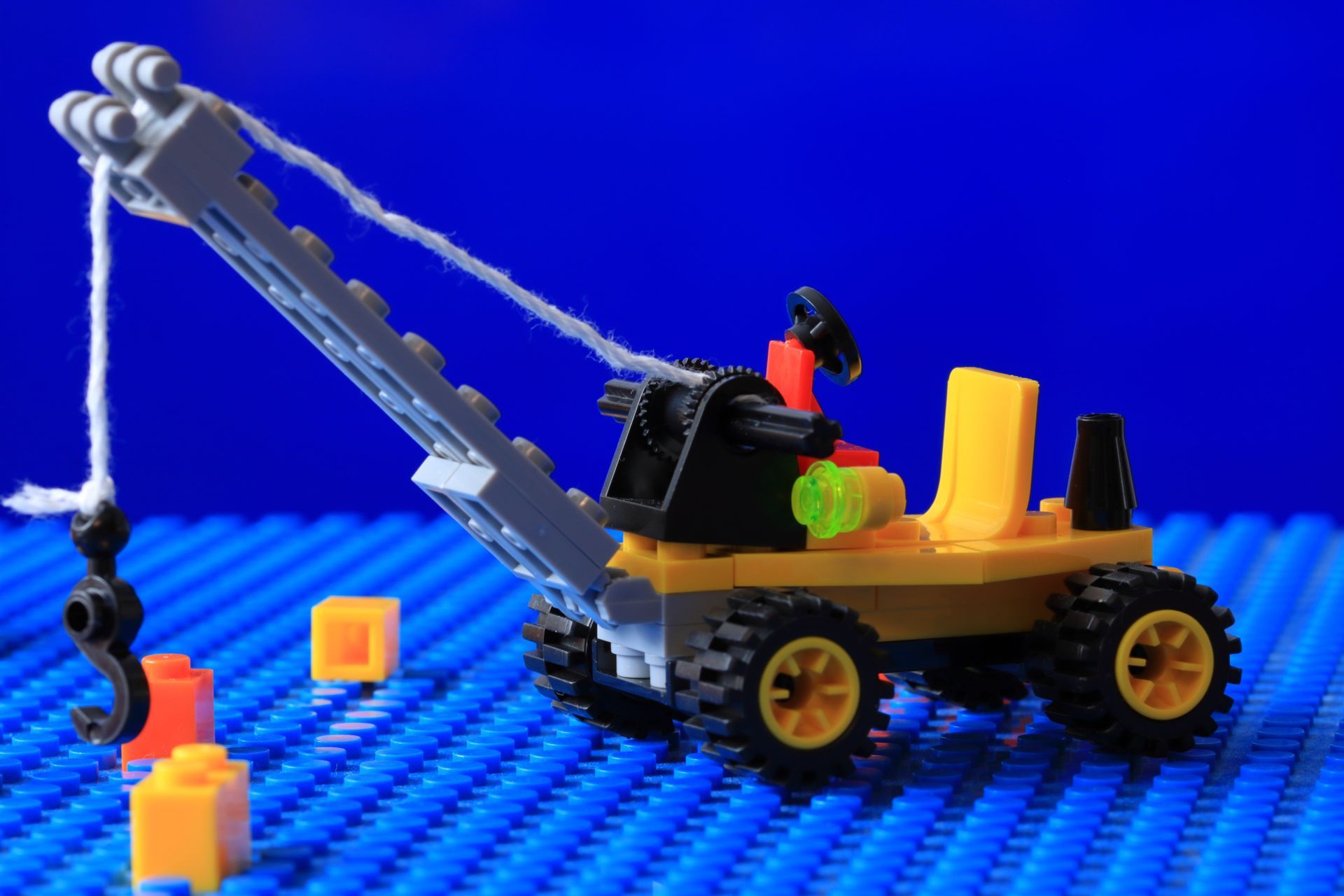Exploring the Inner Struggle in "Naming of Parts" and Psychotherapy
"Today we have naming of parts. Yesterday,
We had daily cleaning. And tomorrow morning,
We shall have what to do after firing…
This is the lower sling swivel. And this
Is the upper sling swivel, whose use you will see,
When you are given your slings. And this is the piling swivel,
Which in your case you have not got…"
The opening lines from Henry Reed's evocative poem, "Naming of Parts," capture the essence of a multifaceted human experience. In a parallel vein, psychotherapy ventures into the depths of the psyche, illuminating the delicate balance between conflicting inner worlds. Let's delve into this exploration as we consider the profound insights Reed's poem offers to the practice of psychotherapy.
The poem commences with a contrasting duet of voices. The regimented cadence of the Instructor's military tone dances with the mellower voice of introspection. A dialogue between two universes unfolds – one governed by the precision of training, and the other whispered by the serenity of Peace. This dichotomy, the dance between War and Peace, mirrors the intrinsic human struggle. Much like Reed's poignant lines, psychotherapy engages in a discourse with these inner voices, endeavoring to harmonize their dissonance.
Reed suggests that the world requires both realms – War and Peace – for meaningful existence. This harmonizing act isn't confined to poetry; it extends to our own lives. To live well is to embrace the entirety of our being, acknowledging and owning our "war" and "peace" components. These parts, like the swivels in Reed's poem, weave a tapestry of complexity that defines us.
As a counselor, part of my role mirrors the Instructor's – I assist individuals in "naming parts." Clients often recount their experiences without comprehending the emotions attached. My role involves delicately mirroring these emotions, as Reed's poem mirrors the two voices. However, it's essential to resist the urge to monopolize the conversation. Just as Reed's quieter voice conveys a deeper message, the space I provide permits clients to engage in a genuine exchange with their emotions.
The poem's second verse introduces the absence of a crucial rifle part – the piling swivel. This aspect parallels the therapeutic process. Rather than simply pointing out a lack, effective therapy delves into the "how and why" of it. Instead of telling patients what they lack, it's more insightful to explore how they navigate situations requiring specific skills. This approach kindles a deeper understanding of their unique dynamics.
Reed's poem is a mirror to the internal conflict we face – the ongoing battle between our "war" and "peace" elements. This clash is mirrored in the therapist's room, where individuals wrestle with competing desires and impulses. An illustrative case involves a patient consumed by prolonged pornography viewing. One part yearns for change, while another clings to the familiar. This internal "war" can overpower the perceived "risk" of embracing a different path. Just as international decisions hinge on perspectives, personal choices carry the same weight. Therapy becomes the realm where individuals fathom their investments in these opposing parts – be it "war" or "peace."
Reed's poem, though written in a different context, resonates profoundly with our therapeutic landscape. It's a tapestry woven from the threads of conflict and resolution, mirrored in the human experience. As psychotherapy guides individuals in recognizing and owning their internal wars and peace, they embark on a journey of growth and self-discovery. In essence, Reed's lines illuminate the path that psychotherapy treads – unveiling the intricacies of human nature, acknowledging the coexistence of divergent parts, and ultimately assisting individuals in making conscious choices about how to live.
Don't give up







